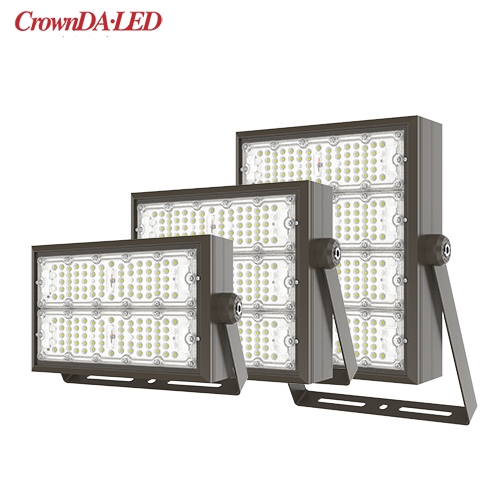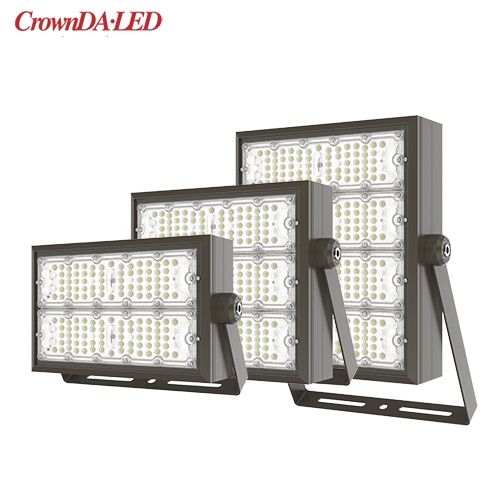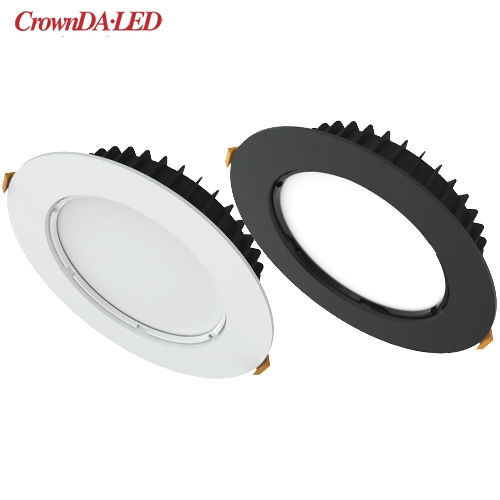LED Lights promote high energy efficiency and become smarter
Views : 391
Author : Crownda.LED
Update time : 2021-08-16 15:32:14
LED Lights promote high energy efficiency and become smarter
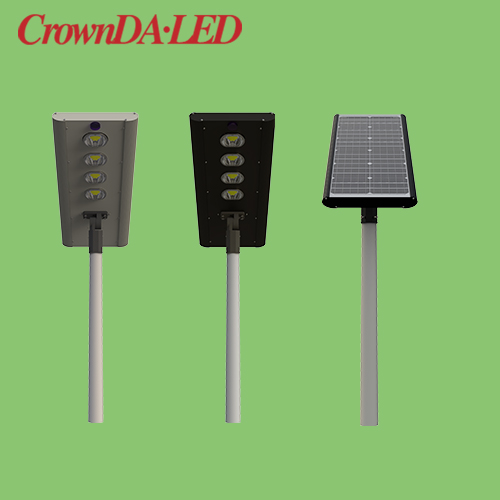 For residential and commercial lighting, we need a high-voltage alternating current (AC) power source to power our LED lamps. But LED needs lower voltage and direct current (DC). In order to convert alternating current to direct current at the right voltage, we need appropriate drivers and other power management devices-these inevitably bring some inefficiencies, and we obviously want to minimize its impact on energy efficiency.
For residential and commercial lighting, we need a high-voltage alternating current (AC) power source to power our LED lamps. But LED needs lower voltage and direct current (DC). In order to convert alternating current to direct current at the right voltage, we need appropriate drivers and other power management devices-these inevitably bring some inefficiencies, and we obviously want to minimize its impact on energy efficiency.
Depending on the current and color, the forward voltage of the LED may vary from less than 2 V to 4.5 V. Companies like ON Semiconductor have been the drivers of LED adoption, using their expertise in power management to develop the required devices to drive LED bulbs reliably and efficiently.
For example, ON Semiconductor’s NCL30082 is an LED driver (as shown in Figure 2), designed to use AC input power. It includes a pulse width modulation (PWM) current mode controller that provides high energy efficiency, a new control method that reduces the number of external components required. The driver also supports LED dimming. ON Semiconductor also provides input bridge rectifiers and super junction MOSFETs to complete the power conversion circuit to drive LED luminaires.
Like LED drivers, lighting applications require other devices to create a complete system. This includes sensors, such as detecting the ambient light level so that the LED brightness can be adjusted automatically, or turning on the light when it detects someone in the office.
Looking to the future: lighting becomes smarter
"Smart" or "connected" lighting is another growth trend, not only because it provides an opportunity for LED lighting suppliers to differentiate their LED products and increase profit margins. More importantly, it can further save power through automation and user control rather than just using LEDs, for example, automatically adjusting lighting conditions at specific times of the day, such as turning off office lights on weekends.
The lamps LED can be controlled by power line networking, such as the industry standard KNX® network, or wireless technology, such as Zigbee® technology and Bluetooth® technology. With the decline in the price of LEDs themselves, the cost of these networked products has dropped sharply in recent years, so smart LED fixtures have become more and more affordable for residential use.
Connected lighting has now become the field with the greatest growth potential in the field of smart homes and buildings. As more and more consumers start to add smart home technology to their homes, including voice-controlled assistants such as Amazon®Alexa® voice-controlled assistants, the smart lighting market may grow rapidly in the next few years. LED lighting products can be dimmed and their colors can be changed, thereby realizing new developments in home lighting, enabling them to respond to ambient light, time of day, and even TV output. ON Semiconductor’s interconnected lighting platform is a modular kit that allows engineers to test various LED power solutions equipped with Bluetooth technology, Zigbee technology or other wireless technologies.
Although LED technology has made great progress, it is expected to further reduce power consumption in the next few years, and economies of scale will continue to drive prices down.
LED lighting suppliers such as Crownda.LED have been committed to improving the energy efficiency and performance of electronic products required for LED lighting in residential, commercial and automotive applications. No matter what purpose it is used for, the innovation of LED lighting shows that the future is bright.
Related products
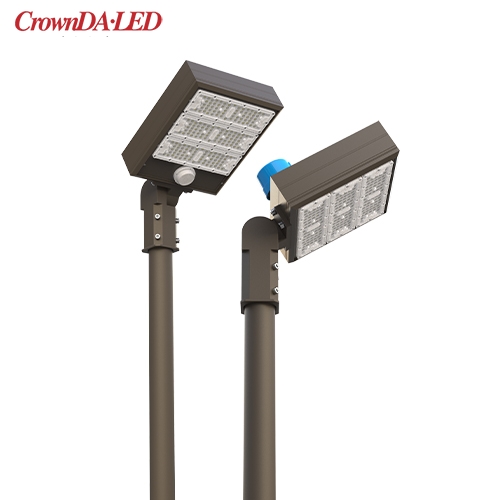
ARQ Series Shoebox LED lights, UL DLC listed, 100W-400W, 5-10 Years Warranty, 100-480VAC, 140-200lm/W
► UL/cUL/SAA/FCC/CE/Rohs Approval
► DLC 5.1 Premium
► Photocell, Daylight harvest, Microwave Sensor, 0-10V Dim Optional
► Multi-Voltage: 100-277V/100-347V/480Vac
► 100W-400W, 140-200 lm/W
► IP66, 5-10 years warranty
Subscribe
We will share with you our latest product info or LED industy info. Thanks.


